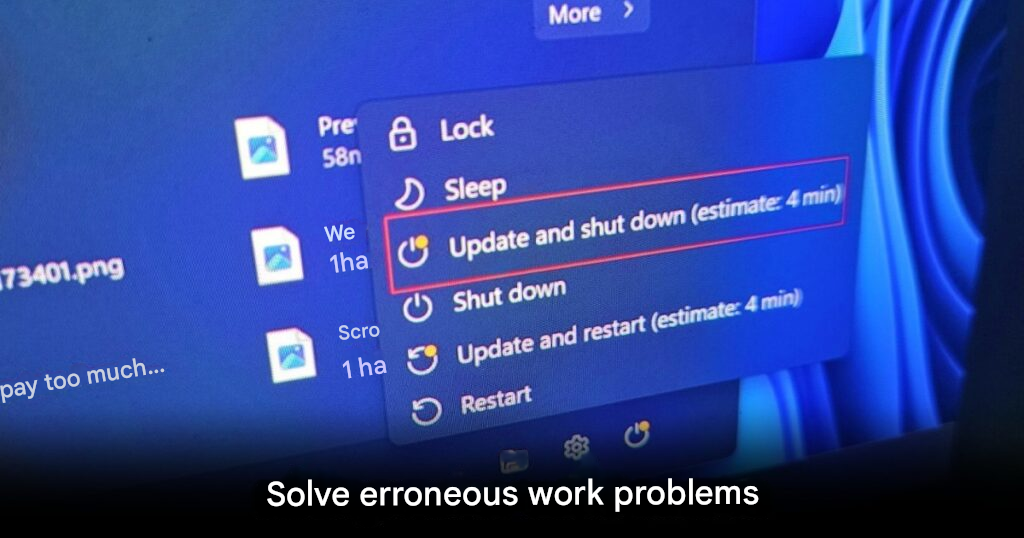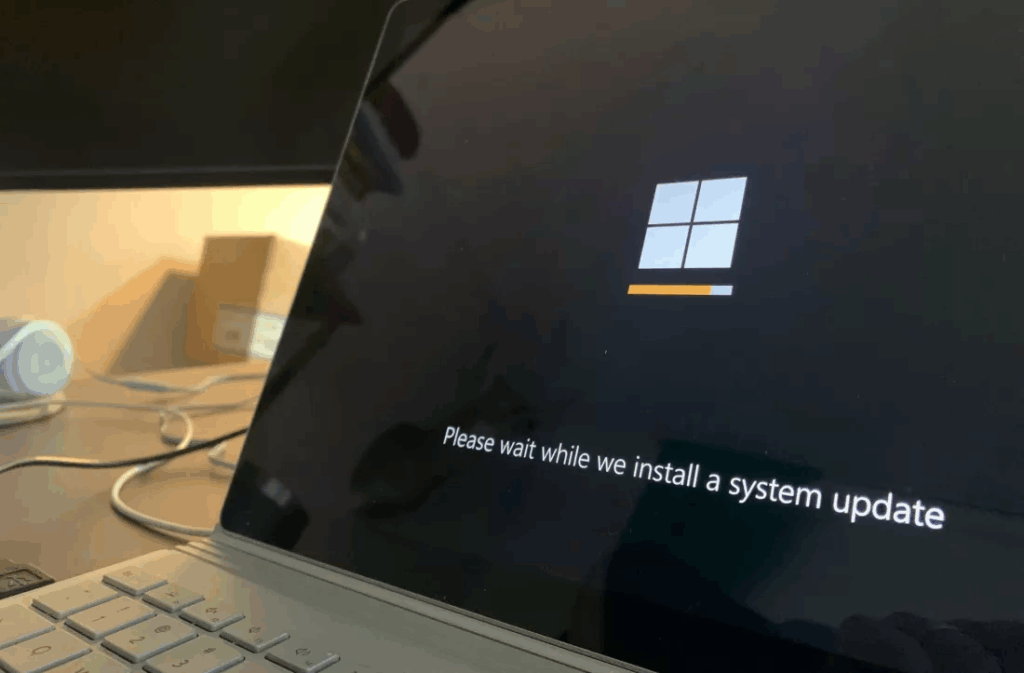
A Decade of Annoyance Ends: Microsoft Finally Resolves Windows “Update and Shut Down” Bug
Microsoft is finally addressing a pervasive bug within its Windows operating system. This issue has irritated end-users across the globe for more than ten years. The notorious “Update and shut down” option in Windows 10 and Windows 11 failed to function as advertised. Now, the long-awaited solution has arrived.

The Frustrating Cycle of Rebooting
The “Update and shut down” feature promises to install any queued updates. It should then completely shut down the machine afterwards. This process is designed to be incredibly handy for users finishing a long work day. By the next morning, the system should ideally be loaded with the latest patches. This is a crucial step for maintaining system security and performance.
In practice, however, the feature simply did not work like that. Windows requires booting into an offline servicing phase to apply necessary patches. This is necessary because the system cannot update files while they are currently in use. Instead of shutting down after this critical step, the system would immediately boot back to the login screen.
Impact on Daily Productivity
For desktops, this failure was often a minor inconvenience. Users only needed to log back into their system and quickly continue with their day. However, the issue proved to be a serious productivity wrecker for laptop users. A laptop would often be left unattended overnight only to be found with a dead battery. This scenario could set users back hours while the device recharged.
While the exact reason Windows failed to shut down as promised remains unclear, Microsoft has released a statement. The company only mentioned that the fix improves the performance of the operating system’s servicing stack.
The Official Solution
The patch to finally rectify this long standing issue is included in the Windows 11 servicing stack update (KB5067035) – 26100.7010. This update is a non-security patch. It is being offered through two standard release phases: a gradual rollout followed by a normal rollout.
However, some users across Southeast Asia and the world will no doubt choose to skip this optional update. Windows 11 has unfortunately had a less than stellar track record when it comes to update reliability. For many, if the shutdown issue has not been a significant bother thus far, skipping this fix may be safer. This is due to the inherent risk of rolling the dice on a patch. A new patch could potentially cause something else to malfunction on their system.
origin: Techspot
THIS IS our take:
It took over a decade for Microsoft to squash one of the most consistently irritating bugs in Windows history, proving that the phrase “better late than never” truly applies to software development. We can only imagine the sigh of relief from laptop users who no longer have to worry about finding a dead battery after trusting a button called “shut down.” Now, if only we could fix the urge to immediately check our PCs to see if the fix actually stuck.





